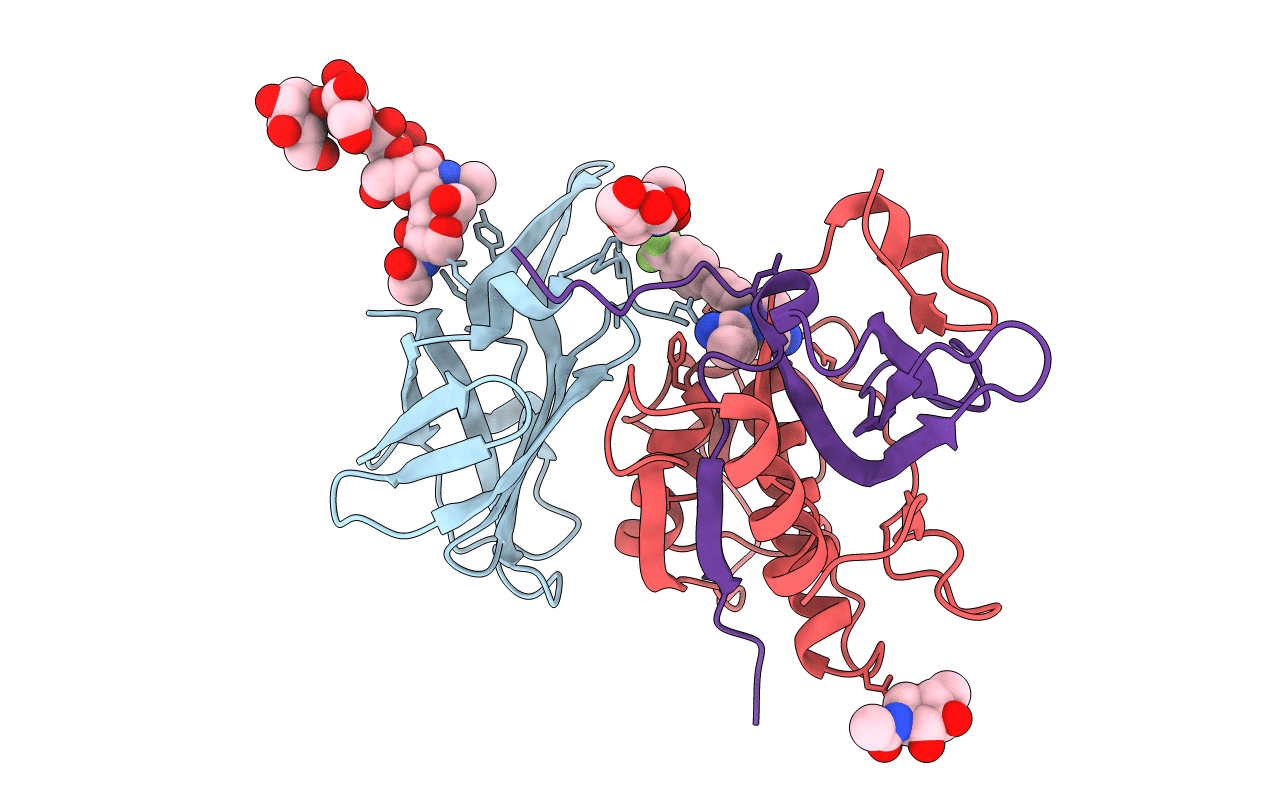
Deposition Date
2018-12-02
Release Date
2019-04-24
Last Version Date
2024-11-13
Entry Detail
PDB ID:
6IC6
Keywords:
Title:
Human cathepsin-C in complex with cyclopropyl peptidyl nitrile inhibitor 1
Biological Source:
Source Organism:
Homo sapiens (Taxon ID: 9606)
Host Organism:
Method Details:
Experimental Method:
Resolution:
1.90 Å
R-Value Free:
0.18
R-Value Work:
0.14
Space Group:
I 2 2 2


